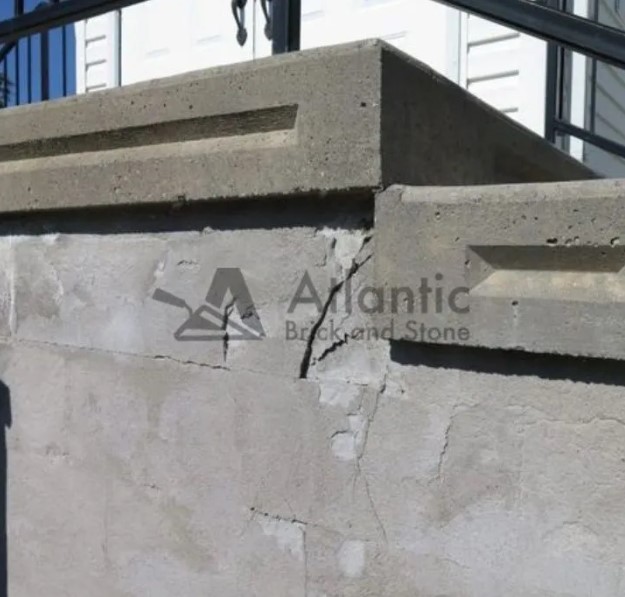Have you noticed cracks forming on the parging of your building’s foundation walls? Perhaps some areas look a bit flaky or bubbled. These could be warning signs that your parging is in need of repair. As the protective coating that shields your foundation from water damage, parging plays an essential role in maintaining your home’s structural integrity. It’s important to be aware of the major signs that your parging may need attention. In this guide, we will discuss some key signs to look out for and what they could mean for the condition of your parging.

One of the most common signs that repair may be needed is the presence of cracks in the parging. Cracking can have a variety of causes from settling of the foundation to temperature fluctuations. It is important to take a closer look at the types and patterns of cracks to help determine the potential severity of the issue.
The 3 Main Types of Cracks to Look Out For:
Any cracks (10 to 15mm wide) that develop provide pathways for water to seep into the foundation wall. This can potentially cause moisture issues like mold, damage to the structural wall itself, or seepage into living spaces like basements over the long run if left unaddressed.
Flaking refers to small, friable pieces or scales breaking away from the surface. Peeling involves larger plate-like sections losing bond and curling upwards, sometimes in continuous sheets. Both signify failure of the parging to adhere uniformly.
Loose, misshapen patches of material scattered at the foundation base are evidence of flaking. Peeling often reveals damp, blistered areas underneath as bonding to the wall fails. Powdery white dust left in these places signifies active shedding of the protective coating.
Bulging appears as rounded, swollen areas protruding from the wall. Blistering forms as small, raised bubbles on the surface similar to ones on skin. Both signs often contain trapped moisture behind the parging.
Water Entrapment – The primary cause is moisture becoming trapped behind the parging. When water seeps in through cracks, poor drainage or inadequate waterproofing, it can build up pressure that pushes outward, resulting in bulging or blistering.
Erosion and deterioration refer to the natural wear and breakdown of parging over extended time from exposure to environmental factors.
Holes and gaps refer to breaches or discontinuities in the protective parging surface that expose the underlying foundation material.
If your parging displays multiple signs of needed care like cracking, bulging, flaking, or deterioration, it’s wise to consult an experienced masonry repair contractor in Fredericton. An expert evaluation will assess the extent of any damage and advise the best repair or replacement methods.
In the Fredericton area, one reputable choice is Atlantic Brick and Stone, offering years of experience in all types of masonry work including new parging installation and remediation of issues caught early on. Do not hesitate to request a free inspection from Atlantic Brick & Stone to preserve your building’s structural integrity and prevent expensive repairs in future.
Their expertise can advise the appropriate repair or reapplication measures to shield your building foundation properly once again.
GET STARTED
Create stunning structures with our residential and commercial masonry services in Fredericton. From meticulous designs to the completed build, our process is professional and rewarding, and we can’t wait to build your dream with you.
Atlantic Brick and Stone, one of the best masonry contractors in Fredericton, NB
Contact
8 Muskie Street, Lower Kingsclear, New Brunswick E3E 0E7, Canada